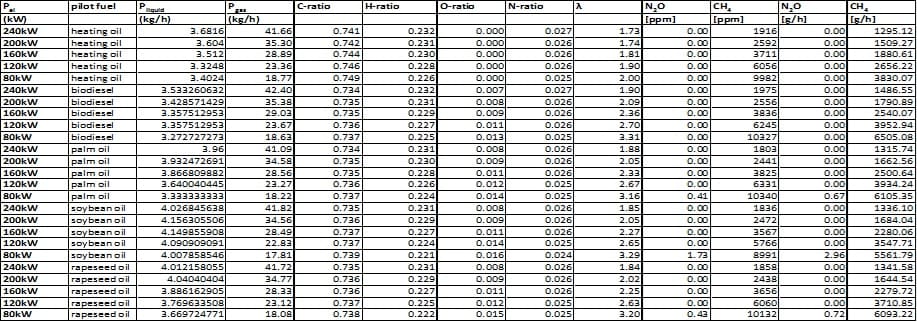
Markus Brautsch
Technical University of Applied Sciences Amberg-Weiden, Germany
Title: The assessment of CH4 and N2O emissions in biomass CHP systems
Biography
Biography: Markus Brautsch
Abstract
The CO2 balances of Biomass CHP systems are decisively influenced by the supply chains of fuels as well as a plant's efficiency [1]. Another important influencing factor are the N2O and CH4 emissions which enter the exhaust gas due to incomplete combustion. According to [2] and [3] it is necessary to record the emissions of methane and nitrous oxide, which are produced during the combustion. For the purpose of calculating CO2 equivalent emissions, the recommended factors of 298 for N2O and 23 for CH4 are taken into account according to [4]. Against this background, the λ values of the different combustion processes and the exhaust gas fractions of N2O and CH4 are measured. The C, H, N, O mass fractions of the respective biogenic fuel mixes are calculated by the measured volume quantities, which can be converted into specific mass fractions by the standard densities and the molar masses. The comparison shows that N2O emissions have negligible influence. The emission value of CH4 depends on the combustion process, the gas-fuel ratio and the compression rate. The lowest CH4 emissions of 6.38 - 27.23 g/h are shown by liquid fuel operation, regardless of the used fuel (biodiesel, rapeseed oil, palm oil, soy bean oil). The highest emission levels show up in the dual fuel operation with bio-methane with maximum gas ratios in low-load operation with 5561.79 g/h - 6505.08 g/h, because of unburned fuel fractions. The combustion of wood gas in Gas-Otto operation shows comparatively low emissions at 28.6 g/h.

Figure : The mass flow of N2O and CH4 in dependence of the electrical power for a MAN D 26 common rail CHP system (compression rate 16:1) with dual fuel operation
Recent Publications:
- Brautsch, M., Dual fuel technology in biomass CHP-Systems, Journal of Fundamentals of Renewable Energy and Application, Volume 7, Issue 4, (2017)
- Memmler, M., Merkel, K., Pabst, J., Rother, S., Schneider, S. Dreher, M., Emissionsbilanz erneuerbarer Energieträger Bestimmung der vermiedenen Emissionen im Jahr 2012, Umweltbundesamt, Umweltbundesamt 2013, Dessau-Roßlau.
- Wagner, H.J., Koch M., CO2 Emissionen der Stromerzeugung, BWK 59 (2007).
- DIRECTIVE 2009/28/EC OF THE EUROPEAN PARLIAMENT AND OF THE COUNCIL of 23 April 2009 on the promotion of the use of energy from renewable sources and amending and subsequently repealing Directives 2001/77/EC and 2003/30/EC: L 140/16 EN.
- Saunois, M., Jackson, R.B., Bousquet, P., Poulter, B., Canadell, J.G., The growing role of methane in anthropogenic climate change, Environmental Research Letters (2016).
- Adametz, P., Pötzinger, Ch., Müller, S., Müller, K., Preißinger, M., Lechner, R., Brüggemann, D., Brautsch, M., Arlt, W., Thermodynamic Evaluation and Carbon Footprint Analysis of the Application of Hydrogen-Based Energy-Storage Systems in Residental Buildings, Energy Technology (2016) 1–16.
